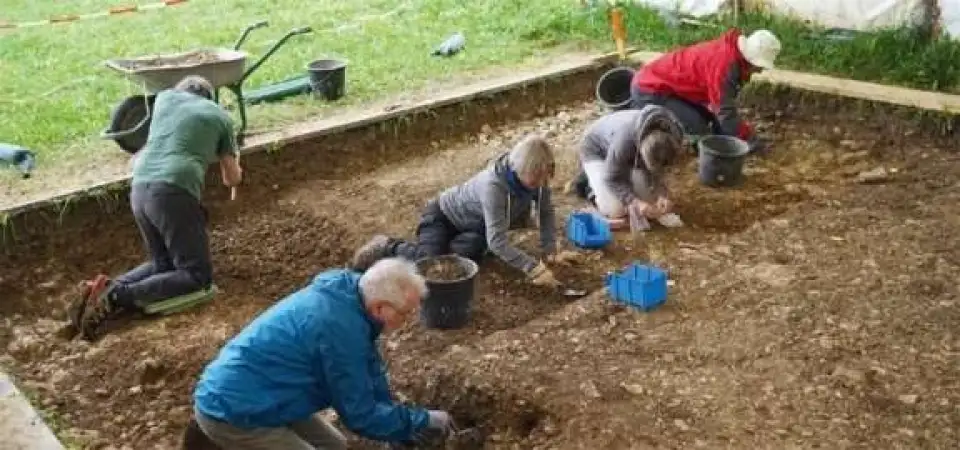
After several intensive survey campaigns in Spain and other Mediterranean countries, the team of architect Micheel Wassouf finally discovered the long searched-for sixth principle of Passive House architecture. Their final survey campaign had nearly reached its end when a Spanish construction worker of Mr. Wassouf’s team came to us with a mysterious elongate object in his hand, asking us to examine it carefully. Our team started to investigate and, finally, asked an old workman on the building site if he could identify the object. He stated that it might be a “protección solar”. It was only then that we realized that we had just discovered the elusive sixth fundamental Passive House principle: solar protection! Since that discovery, solar protection has become an indispensable design criterion for Passive Houses, alongside continuous insulation, absence of thermal bridges, airtightness, high-performance windows, and heat recovery ventilation.
Even if this story is invented, the truth is that with each new certified Passive House project we are reminded of the importance of very well-designed solar protection, particularly as both climate change and the heat island effect are directing our attention more and more toward the summer performance of buildings.
For detached family houses, where we have direct contact with the homeowner, it’s fairly straightforward to design the building based on the good behavior of the user. This kind of client often has a high interest in understanding the passive and active design principles of the building. It’s when dealing with bigger buildings, mostly with an unknown user, where occupant behavior becomes increasingly uncertain. In public buildings, no one is heeding the passive strategies to follow in summer, unless the building owner defines very clear rules. In multi-residential buildings, several studies have shown that the range of different behaviors varies from responsible to uninterested. Also, we have seen clients who misunderstood a Passive House as a building that doesn’t need the active action of the users, e.g. a client who refused to activate the external sun protection in summer as he said “I’m in a Passive House, so it should work also without sun protection, as I want to have the view to my garden also in summer days.”
Certifying a Passive House is therefore a guaranty for the user that the building is working well also in hot summer conditions. Unfortunately, the national Spanish building code does not consider summer comfort as a result parameter, even if the building gets the “A” classification. Thus, overheating frequency is a key strategic parameter for a holistic building design, not only for the past generations (our discoverer in the introductory story, but also for future generations.
Image courtesy of: https://www.gesellschaft-archaeologie.de/startseite.html